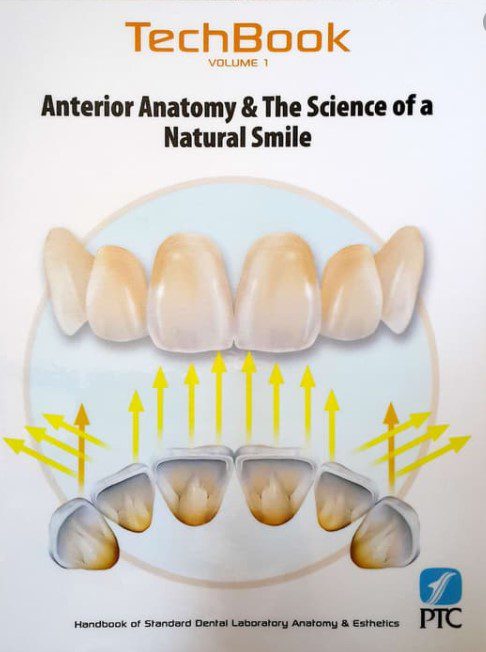
While no definitive consensus has been reached in terms of the management of tooth wear, Loomans along with a group of European experts 12 has published a consensus statement that gives a comprehensive and rational guideline to the management of the worn dentition. This paper will discuss the guidelines for the management of tooth wear and will present a clinical case which utilises adhesive additive techniques and digital technologies to achieve functional and aesthetic rehabilitation of the dentition. It is common that these effects on the occlusion, function and aesthetics lead the patient to seek advice and management for the problem from the dental practitioner. Objective symptoms and complaints that are relayed by patients who present with a worn dentition include the shortening of teeth, discolouration, tooth displacement, sensitivity, as well as increased fracturing of both the natural dentition and existing restorations. Unless appropriately managed, this progressive destruction can develop such that biological consequences may become a presenting issue as the wear becomes more severe.

The loss of enamel with the progressive exposure of large dental surfaces results in the ongoing loss of the tooth anatomy and the vertical dimension of occlusion (VDO). The management of the worn dentition presents an increasing challenge that is encountered more frequently in the daily dental practice. It should also be noted that in a large proportion of patients, particularly those affected by severe parafunction, the aetiology can rarely be predictably and successfully eliminated. 7, 8 These effects can also be classified as being physiological or pathological. 1- 6 The aetiology of tooth wear tends to be multifactorial comprising of the effects of erosion, attrition and abrasion.


Epidemiological studies have reported that the incidence of tooth wear is increasingly common, especially among the younger population.


 0 kommentar(er)
0 kommentar(er)
